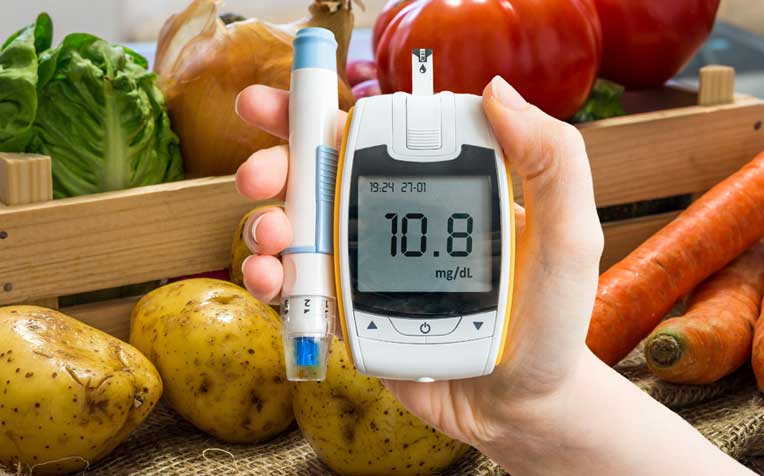
Folic acid, found in green leafy vegetables is an essential nutrient in every stage of your pregnancy.
Gestational diabetes causes higher than normal levels of blood glucose levels to be present during pregnancy. "Changing your diet is usually and generally the first method of treatment for gestational diabetes," says Ms Kala Adaikan, Senior Dietitian, Department of Dietetics, Singapore General Hospital (SGH), a member of SingHealth group.
Your caloric requirements and needs during pregnancy will be tailored specifically for you and will depend on several factors such as:
- stage of pregnancy,
- pre pregnancy weight and BMI,
- rate of weight gain during pregnancy,
- activity levels and
- blood glucose levels.
Healthy balanced diet for gestational diabetes
A healthy balanced diet is recommended when you have gestational diabetes to help you:
- achieve optimal blood glucose control while
- ensuring that there is adequate nutrition to support you and your baby’s growth.
Important nutrients for a healthy pregnancy
Some nutrients become particularly important during pregnancy, namely
- calcium,
- iron and
- folic acid.
1. Calcium
During pregnancy, you should take 1000 mg of calcium a day:
- for the development of your baby's teeth and bones and
- to maintain your own calcium stores.
2. Iron
Iron is found in liver, meat, fish, beancurd, wholegrain cereals, green leafy vegetables and eggs.
There are two types of iron -- heme iron and non-heme iron.
Heme iron comes from animals and is found in:
- red meat
- poultry (chicken, duck etc)
- fish and seafood and
- liver.
Please limit liver consumption to no more than 50g per week in the 1st trimester as excessive intake of vitamin A in the 1st trimester can lead to birth defects.
Non-heme iron is found in plants and iron-fortified foods such as:
- green leafy vegetables
- beancurd and
- wholegrain cereals
Vitamin C helps your body absorb non-heme iron better.
Benefits of iron intake during pregnancy
Iron helps you
- prevent anaemia, a condition of insufficient red blood cells in the blood.
- your baby build up his iron stores, to last for the 1st 6 months of his life.
3. Folic acid
Folic acid is found in green leafy vegetables, yeast and meat extracts, citrus fruits and juices (e.g. oranges), beans and fortified foods like cereals.
It is essential that you meet your requirements of these nutrients at every stage of your pregnancy.
In addition, from the second trimester, you will also be required to consume
- additional calories (approximately ~ 200 - 300 kcals) and
- additional protein to support the baby’s growth in the second and third trimester.
This however needs to be individualised and apportioned with caution based on
- the rate of weight gain,
- blood glucose profile and
- eating pattern.
It is recommended that you learn to
- estimate the quantity of carbohydrate per serving and per meal/snack and
- learn to select the type of carbohydrate that will contribute to optimal post meal glucose control.
Speak to your doctor about a referral to a dietitian for an individualised education and counselling session.
Ref: O17
Contributed by

















 Get it on Google Play
Get it on Google Play